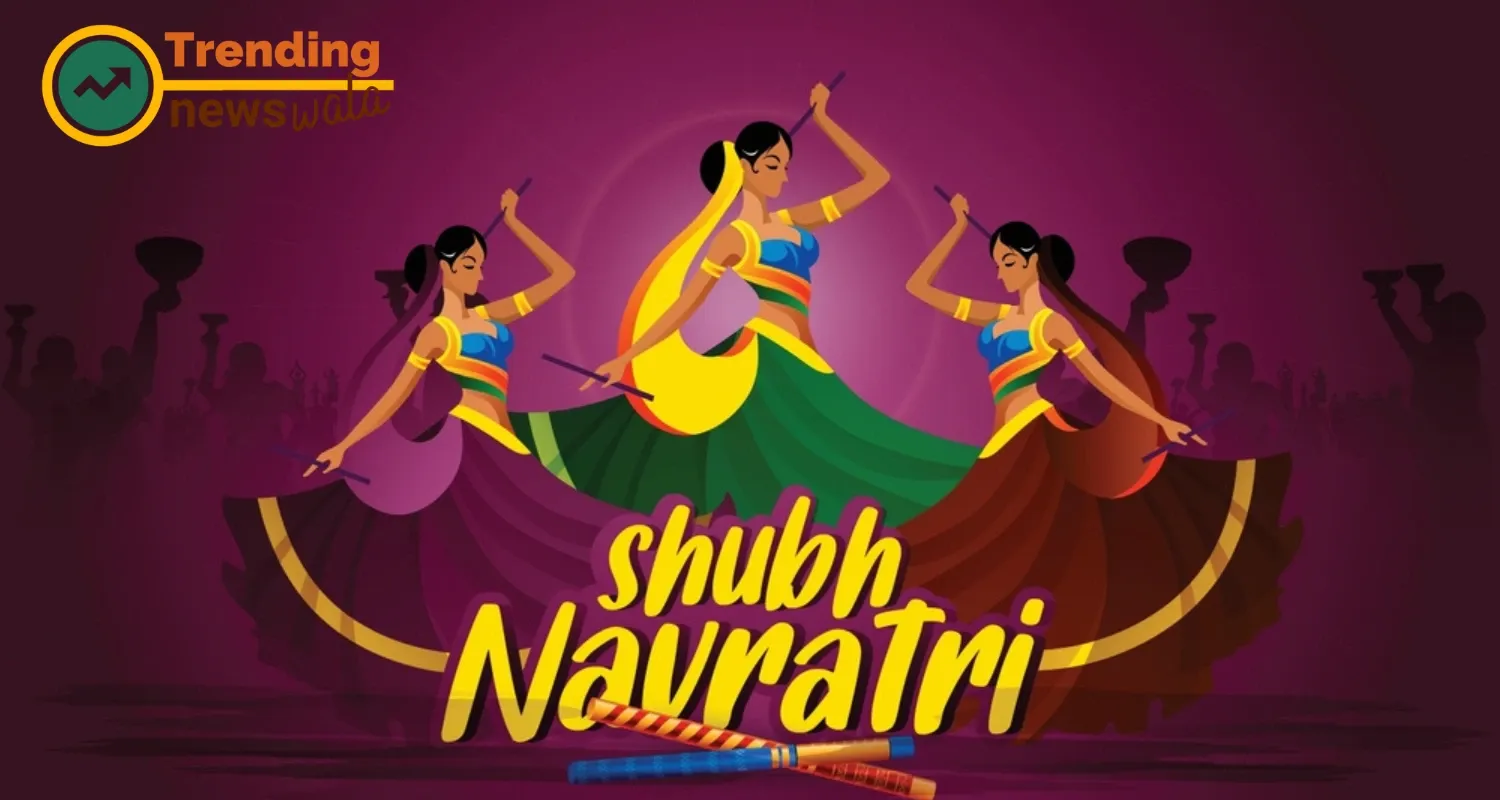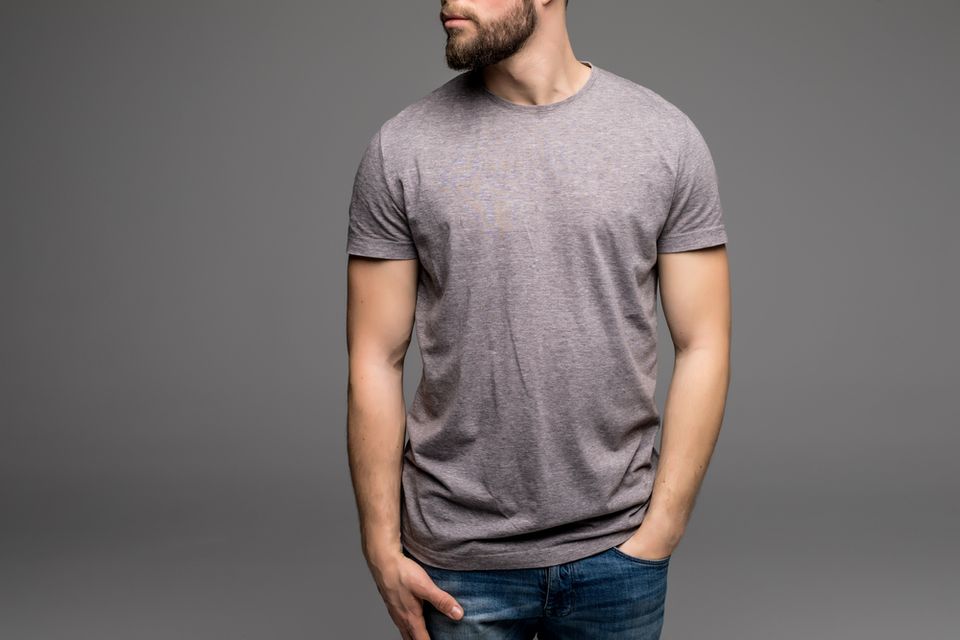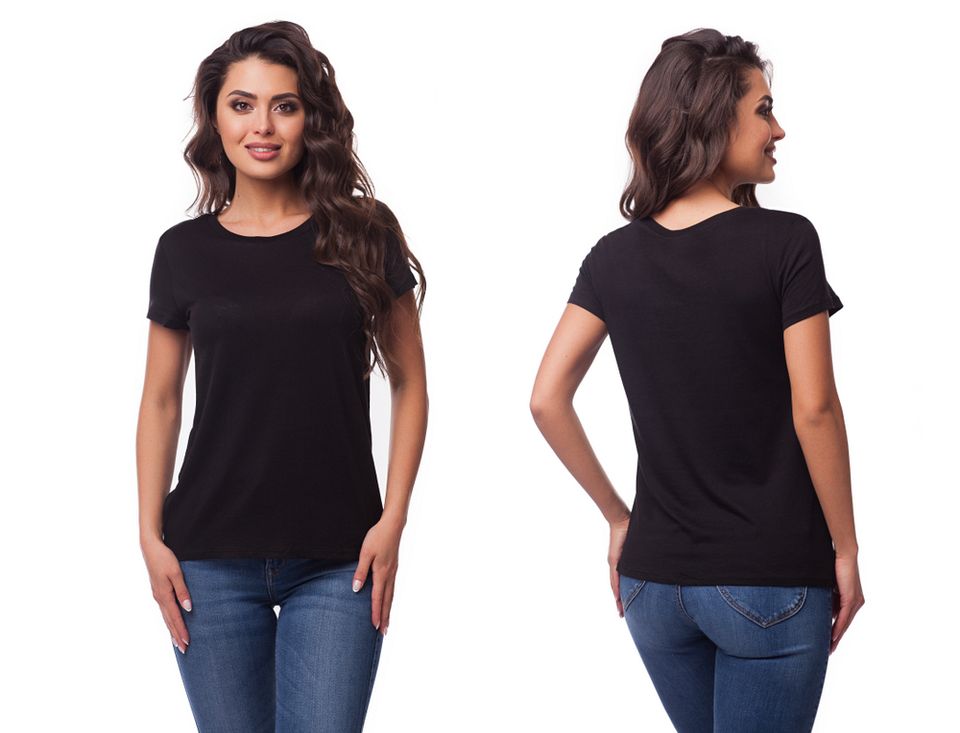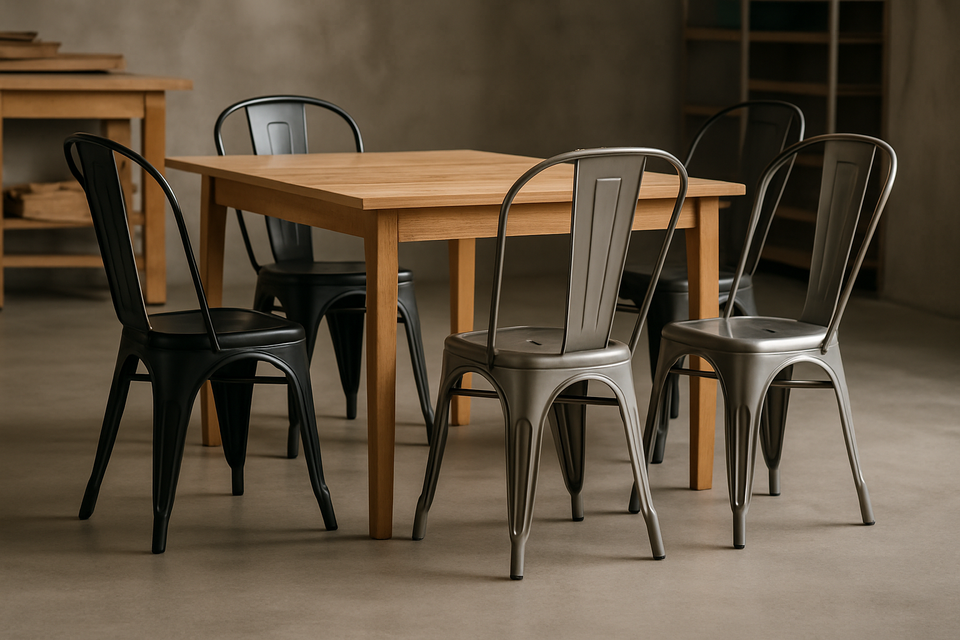Best Banarasi Sarees Available Online
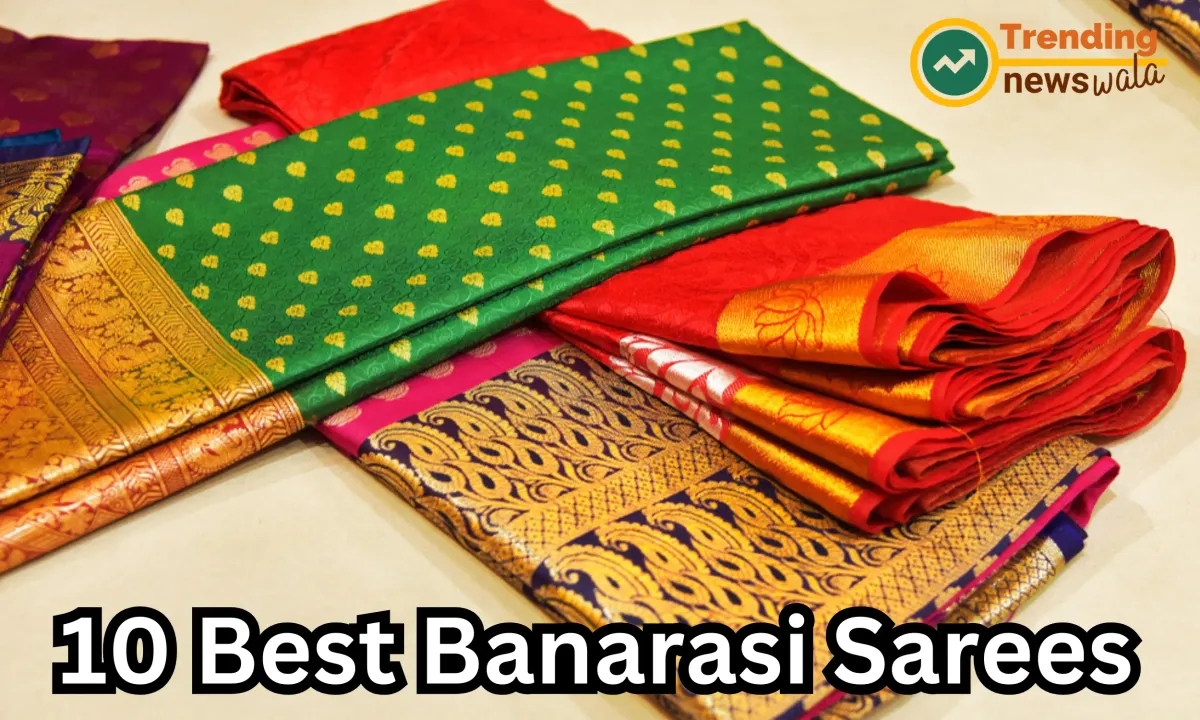
Banarasi sarees are renowned for their intricate designs, rich silk fabric, and traditional craftsmanship. They are a symbol of elegance and a staple in Indian bridal and festive wear. Here are some of the best types of Banarasi sarees that you can consider:
Katan Silk Banarasi Saree

Katan Silk Banarasi sarees are among the most exquisite and sought-after traditional Indian sarees. They are known for their luxurious silk fabric and intricate zari work, making them perfect for weddings, festive occasions, and cultural celebrations. Here are some key details about Katan Silk Banarasi sarees:
- Fabric: Katan silk is a type of pure silk that is used to create these sarees. The fabric is known for its lustrous, smooth, and comfortable texture. It's made from twisted silk yarn, which contributes to its durability and sheen.
- Weaving Technique: Katan silk Banarasi sarees are woven using a traditional technique known as "katan weaving." This technique involves weaving silk threads, creating a pure silk fabric that is ideal for intricate zari work.
- Zari Work: One of the defining features of Katan Silk Banarasi sarees is the extensive use of zari, which is a metallic thread, usually made of gold or silver. The zari work is meticulously woven into the fabric, creating stunning and intricate designs. These designs often include motifs like floral patterns, peacocks, paisleys, and more.
- Traditional Craftsmanship: These sarees are known for their traditional craftsmanship, with skilled artisans working on handloom to create each piece. The weaving process is time-consuming and requires great precision.
- Varied Designs: Katan Silk Banarasi sarees come in a wide range of designs and color combinations. You can find both traditional and contemporary patterns, allowing you to choose a saree that suits your style and the occasion.
- Occasion: Katan Silk Banarasi sarees are typically reserved for special occasions such as weddings, bridal wear, festivals, and other grand celebrations. They are a symbol of luxury and opulence.
- Comfort: Despite their luxurious appearance, Katan Silk Banarasi sarees are comfortable to wear and drape well, making them a practical choice for long ceremonies and events.
- Care: These sarees should be handled with care. Dry cleaning is recommended to maintain their sheen and quality.
- Versatility: While traditionally worn for formal events, some contemporary designs make Katan Silk Banarasi sarees suitable for more casual occasions as well.
Organza Banarasi Saree

Organza Banarasi sarees are a beautiful and elegant choice for those seeking a lightweight yet luxurious saree. They combine the traditional artistry of Banarasi weaving with the delicate and sheer texture of organza fabric. Here are some key details about Organza Banarasi sarees:
- Fabric: Organza is a lightweight, sheer, and crisp fabric that is used to create these sarees. It is known for its translucence and the subtle sheen it imparts.
- Weaving Technique: Like other Banarasi sarees, Organza Banarasi sarees are woven on handlooms. The intricate patterns are woven into the fabric using zari (metallic thread) and silk threads.
- Zari Work: These sarees often feature intricate zari work, which can be in the form of traditional motifs, floral patterns, or geometric designs. The combination of organza's delicacy and zari's richness creates a unique aesthetic.
- Lightweight: Organza is one of the lightest fabrics used in Banarasi sarees. This makes Organza Banarasi sarees comfortable to wear and ideal for warm weather or events that require a lot of movement.
- Versatility: While Organza Banarasi sarees are suitable for formal occasions like weddings and festivities, their lightweight nature also makes them versatile enough to be worn casually or for semi-formal events.
- Color Variations: Organza Banarasi sarees come in a wide range of colors, both traditional and contemporary. They can be found in pastels, bright hues, and classic shades like red and gold.
- Pallu and Borders: These sarees often have intricately woven pallus (the decorative end piece of the saree) and borders, which add to their visual appeal.
- Care: Organza sarees, including Organza Banarasi sarees, require gentle care. Dry cleaning is usually recommended to maintain their delicate fabric and zari work.
- Bridal Choice: Due to their lightweight and graceful appearance, Organza Banarasi sarees are a popular choice for brides. They provide the traditional charm of Banarasi silk while offering comfort during long wedding ceremonies.
Kora Banarasi Saree

Kora Banarasi sarees are known for their sheer, lightweight, and comfortable fabric. They are a popular choice for those looking for an elegant yet breathable saree option, especially for festive and formal occasions. Here are some key details about Kora Banarasi sarees:
- Fabric: Kora silk, also known as Organza silk, is the primary fabric used for Kora Banarasi sarees. It is characterized by its sheer and crisp texture, which allows it to drape beautifully and create a graceful silhouette.
- Weaving Technique: Kora Banarasi sarees are woven using traditional handloom techniques. Skilled artisans weave the fabric and intricate designs using silk and zari threads.
- Zari Work: These sarees are often adorned with elaborate zari work, creating stunning patterns and motifs. Zari is a metallic thread, typically made of gold or silver, that adds a touch of opulence to the saree.
- Sheerness: Kora silk is prized for its translucent quality, making it ideal for creating lightweight and breathable sarees. The sheer texture adds to the saree's elegance and comfort.
- Versatility: Kora Banarasi sarees are versatile and can be worn for a range of occasions, including weddings, festive celebrations, and cultural events. They offer a balance of tradition and modern aesthetics.
- Color Variations: These sarees come in an array of colors and shades, allowing you to choose according to your personal preferences and the occasion's theme.
- Pallu and Borders: Kora Banarasi sarees often feature intricately woven pallus (decorative end pieces of the saree) and borders that showcase fine craftsmanship and artistry.
- Care: Due to the delicate nature of Kora silk, dry cleaning is typically recommended to maintain the saree's sheen and zari work.
- Bridal Choice: Kora Banarasi sarees are favored by brides who seek a balance between the traditional richness of Banarasi silk and the comfort of lightweight fabric. They are particularly suitable for summer weddings or events.
Georgette Banarasi Saree

Georgette Banarasi sarees are a beautiful blend of traditional Banarasi craftsmanship and the lightweight, flowy nature of georgette fabric. These sarees are a popular choice for those who appreciate both the opulence of Banarasi silk and the comfort of georgette. Here are some key details about Georgette Banarasi sarees:
- Fabric: Georgette is a lightweight, sheer, and slightly textured fabric made from synthetic or silk fibers. It is known for its soft and fluid drape, making it comfortable to wear.
- Weaving Technique: Georgette Banarasi sarees are handwoven using traditional techniques on handlooms. Skilled weavers create intricate designs and patterns using silk and zari threads.
- Zari Work: These sarees often feature elaborate zari work, with intricate patterns woven into the fabric. Zari is a metallic thread, typically made of gold or silver, that adds a touch of luxury to the saree.
- Lightweight: Georgette is known for its lightweight and airy nature, making Georgette Banarasi sarees comfortable for extended wear. They are especially suitable for events in warm weather.
- Versatility: Georgette Banarasi sarees are versatile and can be worn for a range of occasions, from weddings and festivals to formal gatherings. They offer a balance of tradition and modern aesthetics.
- Color Variations: These sarees come in a wide array of colors, ranging from traditional reds and golds to contemporary pastels and vibrant shades, allowing you to choose based on your preferences and the event's theme.
- Pallu and Borders: Georgette Banarasi sarees often feature intricately woven pallus (decorative end pieces of the saree) and borders, showcasing the artistry of the weavers.
- Care: Georgette Banarasi sarees are relatively easy to care for. Dry cleaning is typically recommended to maintain their sheen and zari work.
- Bridal Choice: Georgette Banarasi sarees are often chosen by brides who want the traditional richness of Banarasi silk with the comfort of lightweight fabric. They provide a graceful and timeless bridal look.
Jamdani Banarasi Saree

Jamdani Banarasi sarees are a unique and exquisite type of Banarasi saree known for their fine, intricate patterns woven into the fabric. They are a perfect choice for those who appreciate artistic and detailed designs. Here are some key details about Jamdani Banarasi sarees:
- Fabric: Jamdani Banarasi sarees combine the richness of Banarasi silk with the fine and lightweight quality of Jamdani fabric. The base fabric is typically pure silk or a silk-cotton blend.
- Weaving Technique: The distinctive feature of Jamdani Banarasi sarees is the intricate weaving technique known as "Jamdani." In this technique, skilled artisans create elaborate patterns by hand-weaving geometric or floral motifs into the fabric using cotton or silk threads. The process requires great precision and skill.
- Zari Work: These sarees often feature zari work, which adds a touch of opulence to the intricate patterns. The zari is usually woven into the borders, pallu (decorative end piece of the saree), and sometimes throughout the body of the saree.
- Lightweight: Despite the detailed weaving, Jamdani Banarasi sarees are relatively lightweight, making them comfortable to wear. The fine fabric drapes gracefully, creating an elegant look.
- Versatility: Jamdani Banarasi sarees can be worn for various occasions, including weddings, festivals, and cultural events. They offer a balance between traditional opulence and modern aesthetics.
- Color Variations: These sarees come in a wide range of colors and shades, allowing you to choose based on your preferences and the event's theme.
- Pallu and Borders: Jamdani Banarasi sarees often feature intricately woven pallus and borders that showcase the detailed craftsmanship of the weavers.
- Care: These sarees require gentle care. Dry cleaning is typically recommended to maintain their intricate patterns and zari work.
- Bridal Choice: Jamdani Banarasi sarees are a popular choice for brides who want a traditional yet unique look for their wedding day. They provide a blend of elegance and cultural richness.
Jangla Banarasi Saree

Jangla Banarasi sarees are known for their intricate flora and fauna motifs that are intricately woven into the fabric. They are a type of Banarasi saree that features highly detailed and visually captivating designs. Here are some key details about Jangla Banarasi sarees:
- Fabric: Jangla Banarasi sarees typically use pure silk as the base fabric. The quality of the silk used adds to the richness and sheen of the saree.
- Weaving Technique: These sarees are woven using traditional handloom techniques by skilled artisans. What sets them apart is the intricate weaving of flora and fauna motifs that cover the entire body of the saree.
- Flora and Fauna Motifs: The defining feature of Jangla Banarasi sarees is the extensive use of flora and fauna motifs. These motifs can include depictions of birds, animals, flowers, vines, and other elements of nature. The level of detail in the weaving is truly impressive.
- Zari Work: In addition to the flora and fauna motifs, Jangla Banarasi sarees often incorporate zari work. Zari is a metallic thread, typically made of gold or silver, that is woven into the saree, adding a touch of opulence.
- Versatility: While these sarees are rich and detailed, they can be worn for various occasions, including weddings, festivals, and grand celebrations. They offer a unique blend of traditional opulence and artistic aesthetics.
- Color Variations: Jangla Banarasi sarees come in a range of colors, allowing you to choose based on your preferences and the theme of the event.
- Pallu and Borders: These sarees often feature intricately woven pallus and borders that showcase the skill of the weavers and add to the visual appeal.
- Care: Due to the detailed weaving and zari work, Jangla Banarasi sarees should be handled with care. Dry cleaning is recommended to maintain their intricate patterns and sheen.
- Bridal Choice: Jangla Banarasi sarees are often chosen by brides who seek a traditional and visually captivating look for their wedding day. They provide a blend of cultural richness and artistic expression.
Tissue Banarasi Saree

Tissue Banarasi sarees are a beautiful and elegant type of Banarasi saree known for their subtle shimmer and delicate texture. They offer a unique combination of traditional Banarasi craftsmanship and the lightweight quality of tissue fabric. Here are some key details about Tissue Banarasi sarees:
- Fabric: Tissue Banarasi sarees are woven using a special type of fabric known as "tissue." Tissue is a semi-transparent, lightweight fabric that has a slight shimmer. It is typically made from silk or silk blends.
- Weaving Technique: These sarees are handwoven using traditional techniques on handlooms. Skilled artisans create intricate designs and patterns using silk and zari threads.
- Zari Work: Tissue Banarasi sarees often feature extensive zari work. Zari is a metallic thread, typically made of gold or silver, which is intricately woven into the fabric. The zari work adds a touch of opulence to the saree.
- Shimmering Effect: The unique quality of tissue fabric gives these sarees a subtle shimmer, creating a rich and elegant appearance. The shimmer adds to the overall opulence of the saree.
- Lightweight: Tissue fabric is lightweight and airy, making Tissue Banarasi sarees comfortable to wear. They are suitable for various occasions and climates.
- Versatility: Tissue Banarasi sarees can be worn for a range of events, including weddings, festivals, and formal gatherings. They offer a balance of tradition and modern aesthetics.
- Color Variations: These sarees come in a wide range of colors and shades, allowing you to choose based on your preferences and the theme of the event.
- Pallu and Borders: Tissue Banarasi sarees often feature intricately woven pallus (decorative end pieces of the saree) and borders, showcasing the artistry of the weavers.
- Care: Due to the delicate nature of tissue fabric, dry cleaning is typically recommended to maintain the saree's sheen and zari work.
- Bridal Choice: Tissue Banarasi sarees are a popular choice for brides who want a traditional yet lightweight and luxurious look for their wedding day. They provide a graceful and timeless bridal appearance.
Cutwork Banarasi Saree

Cutwork Banarasi sarees are a striking and unique variation of traditional Banarasi sarees. They are known for their combination of cutwork and woven patterns, creating visually stunning and intricate designs. Here are some key details about Cutwork Banarasi sarees:
- Fabric: Cutwork Banarasi sarees use the same base fabric as traditional Banarasi sarees, which is typically pure silk. The quality of the silk contributes to the richness and sheen of the saree.
- Weaving Technique: These sarees are woven using traditional handloom techniques, similar to other Banarasi sarees. What sets them apart is the addition of cutwork elements to the design.
- Cutwork: Cutwork is a technique that involves cutting out sections of the fabric and then hand-stitching or weaving around the cut edges to create intricate patterns and motifs. In Cutwork Banarasi sarees, these cutwork patterns are carefully integrated into the woven fabric.
- Zari Work: These sarees often feature zari work in addition to the cutwork. Zari is a metallic thread, typically made of gold or silver, that is intricately woven into the saree, adding a touch of opulence.
- Intricate Patterns: The cutwork in these sarees creates visually stunning patterns and motifs that can range from floral and paisley designs to more intricate geometric shapes. The level of detail in the cutwork is truly impressive.
- Versatility: Cutwork Banarasi sarees are suitable for various occasions, including weddings, festivals, and formal gatherings. They offer a balance of tradition and modern aesthetics.
- Color Variations: These sarees come in a range of colors, allowing you to choose based on your preferences and the theme of the event.
- Pallu and Borders: Cutwork Banarasi sarees often feature intricately woven pallus (decorative end pieces of the saree) and borders that showcase the skill of the weavers and add to the visual appeal.
- Care: Due to the detailed weaving and zari work, Cutwork Banarasi sarees should be handled with care. Dry cleaning is recommended to maintain their intricate patterns and sheen.
Tanchoi Banarasi Saree

Tanchoi Banarasi sarees are known for their intricate brocaded patterns and vibrant colors. They are a type of Banarasi saree that combines traditional craftsmanship with visually captivating designs. Here are some key details about Tanchoi Banarasi sarees:
- Fabric: Tanchoi Banarasi sarees typically use pure silk as the base fabric. The quality of the silk adds to the richness and sheen of the saree.
- Weaving Technique: These sarees are woven using traditional handloom techniques, similar to other Banarasi sarees. What distinguishes them is the intricate brocading technique used in the design.
- Brocading: Brocading is a weaving technique that involves creating raised patterns on the fabric using extra weft threads. In Tanchoi Banarasi sarees, these raised patterns are often floral or geometric in nature and are woven into the fabric.
- Zari Work: These sarees often feature zari work in addition to the brocading. Zari is a metallic thread, typically made of gold or silver, that is intricately woven into the saree, adding a touch of opulence.
- Vibrant Patterns: Tanchoi Banarasi sarees are known for their vibrant and eye-catching patterns and colors. The brocading adds depth and texture to the design, making them visually appealing.
- Versatility: Tanchoi Banarasi sarees are suitable for various occasions, including weddings, festivals, and formal gatherings. They offer a balance of tradition and modern aesthetics.
- Color Variations: These sarees come in a wide array of colors, often with contrasting shades that enhance the brocading patterns.
- Pallu and Borders: Tanchoi Banarasi sarees often feature intricately woven pallus (decorative end pieces of the saree) and borders that showcase the skill of the weavers and add to the visual appeal.
- Care: Due to the detailed weaving and zari work, Tanchoi Banarasi sarees should be handled with care. Dry cleaning is recommended to maintain their intricate patterns and sheen.
- Bridal Choice: Tanchoi Banarasi sarees are a popular choice for brides who want a traditional yet visually captivating look for their wedding day. They provide a rich and elegant bridal appearance.
Resham Banarasi Saree

Resham Banarasi sarees are a luxurious and timeless type of Banarasi saree known for their exquisite resham (silk thread) work. These sarees are a symbol of opulence and traditional craftsmanship. Here are some key details about Resham Banarasi sarees:
- Fabric: Resham Banarasi sarees are crafted using the finest silk as the base fabric. The quality of the silk contributes to the richness and sheen of the saree.
- Weaving Technique: These sarees are woven using traditional handloom techniques, similar to other Banarasi sarees. What sets them apart is the extensive use of resham (silk thread) in the design.
- Resham Work: The defining feature of Resham Banarasi sarees is the intricate resham work. Skilled artisans create elaborate patterns using silk threads. These patterns often include floral motifs, intricate jaal (net-like) designs, and other richly detailed elements.
- Zari Work: In addition to the resham work, these sarees may also feature zari work. Zari is a metallic thread, typically made of gold or silver, that is intricately woven into the saree, adding a touch of opulence.
- Richness and Sheen: The extensive use of silk threads in the resham work gives these sarees a rich and opulent appearance. The silk adds to the sheen and luxurious feel of the saree.
- Versatility: Resham Banarasi sarees are typically reserved for special occasions such as weddings, festivals, and formal gatherings. They are a symbol of luxury and elegance.
- Color Variations: These sarees come in a wide array of colors, often with contrasting shades that enhance the resham work.
- Pallu and Borders: Resham Banarasi sarees often feature intricately woven pallus (decorative end pieces of the saree) and borders that showcase the skill of the weavers and add to the visual appeal.
- Care: Due to the detailed weaving and zari work, Resham Banarasi sarees should be handled with care. Dry cleaning is recommended to maintain their intricate patterns and sheen.
- Bridal Choice: Resham Banarasi sarees are a popular choice for brides who seek a traditional and opulent look for their wedding day. They provide a regal and timeless bridal appearance.
When choosing a Banarasi saree, consider the occasion, your personal style, and your comfort preferences. Each type of Banarasi saree has its unique charm and can be a timeless addition to your wardrobe.

